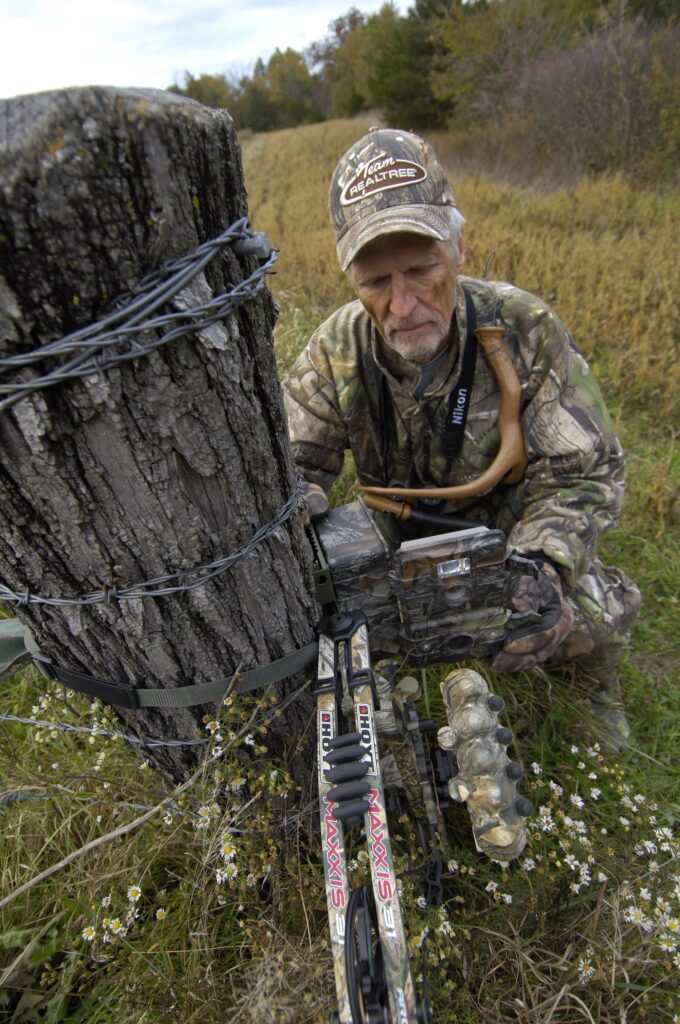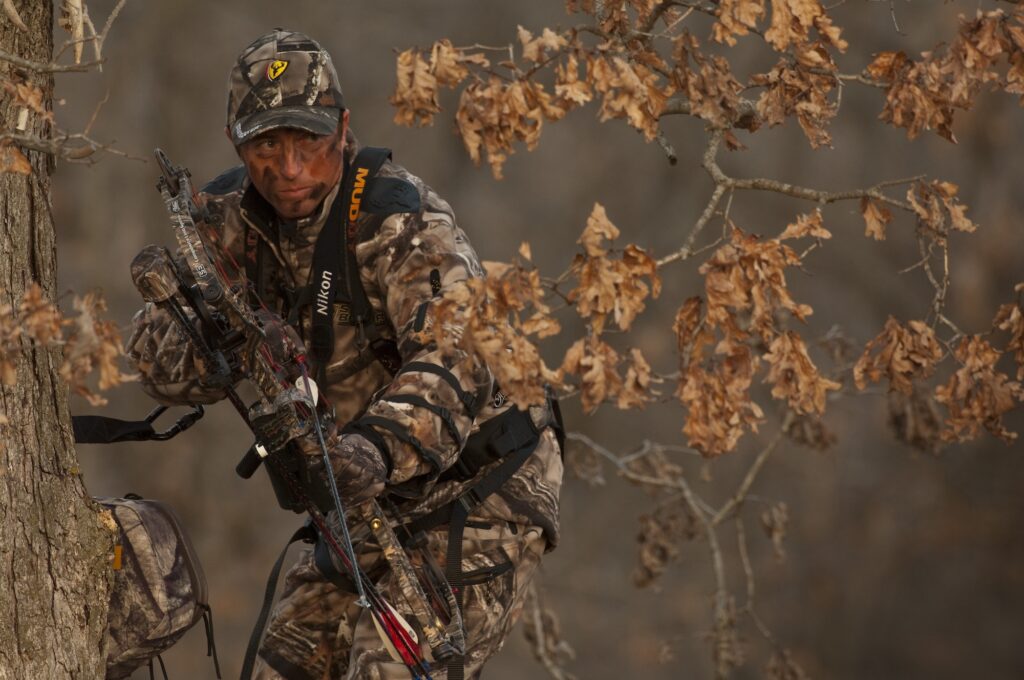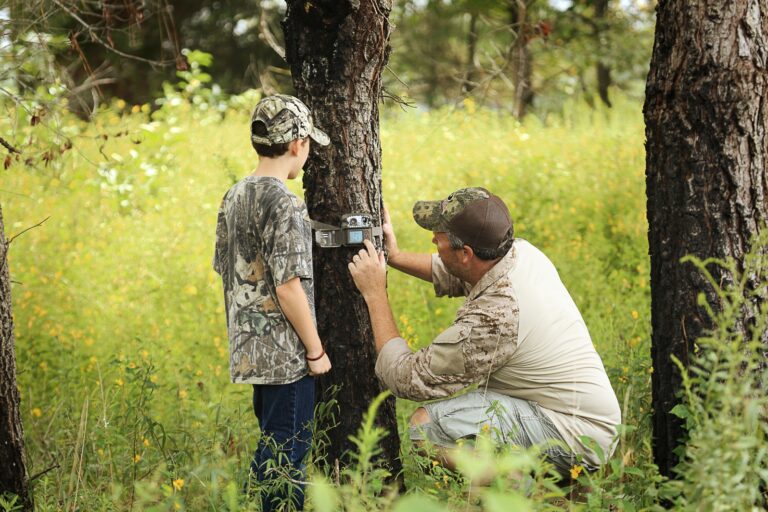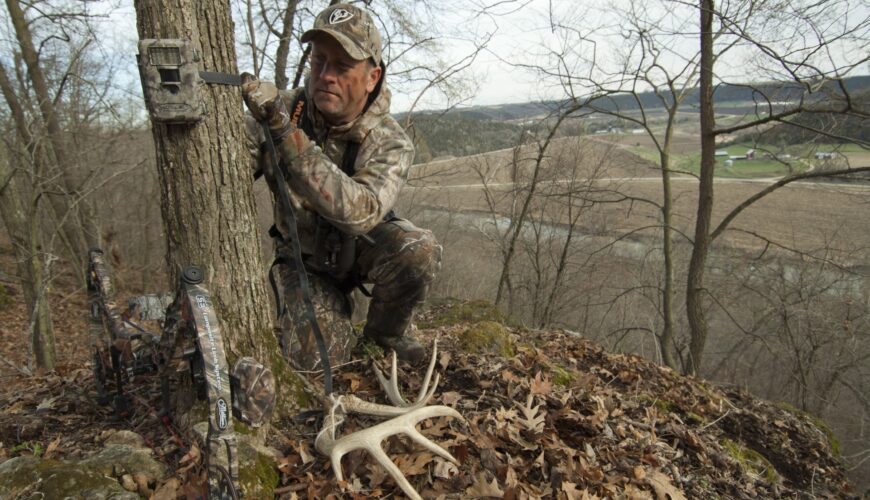Tactics
National Deer Association’s 5 Top Tips for Late-Season Deer Hunting
December 17, 2025 •iSportsman Staff
October 30, 2025
There’s no denying it—as trail cameras have evolved, they have changed the way many of us hunt deer. What used to take weeks of glassing fields, tracking sign and guessing whitetail patterns can now be learned in a matter of days from a single SD card—or more specifically, from a single cell signal. But the difference between a hunter who simply uses cameras and one who hunts with them is how he interprets the story those pictures tell.
Modern trail cams don’t just show you deer. They teach you their rut timing, behavior and even how the herd reacts to hunting pressure, changing food sources and weather. The trick is keeping those cams rolling not just before the season starts, but through the pre-rut, the chaos of the rut and the grind of late season—and knowing what to do with what they reveal.
Right now, bucks are restless. They’re breaking away from summer bachelor groups, tending scrapes and testing dominance ahead of the main event. This is when trail cameras earn their keep.
Shift your cameras toward transition zones—trails that connect bedding cover with oak flats or cut crop fields—and on active scrapes. A camera on a community scrape can tell you exactly which bucks are around, when they’re checking it and how aggressive they’re becoming. When daytime visits start popping up in your images, it’s go-time.
Look for changes in attitude. Bucks that once strolled past together now show flattened ears or stiff-legged posture in your photos—signs of rising tension. When you start seeing that, grab the rattling horns and grunt tube. Those bucks are ready to fight, and you want to be in the woods to challenge them.

As the rut action heats up, keep those cameras out so you know what deer are doing. Bill Winke Photo
Once does start coming into estrus, predictable deer behavior goes out the window. Bucks can be found on the hoof anywhere, any time. Here’s what you can learn from your cams now:
New Faces: When strange bucks you’ve never seen before start showing up on camera, that’s your green light. It means deer are cruising outside their normal ranges looking for hot does. Move cameras along travel corridors between bedding and feeding areas or near creek crossings and saddles that funnel movement. Deer may be unfamiliar with the area, but they will follow these same land features no matter where they roam.
Midday Movement: When your photos suddenly show daylight activity between 11 a.m. and 2 p.m., it’s time to pack a lunch and sit your best stand all day. Bucks on the move for receptive does ignore the clock, and your camera just told you when to be ready.
Comparing timestamps across multiple cameras can connect the dots. A buck that shows up on one camera in the morning and on the other side of your property that afternoon may be on a pattern you can exploit. Hang your next set somewhere in between and wait for his arrival. But don’t delay. Take off from work if you can. This pattern will only last a matter of days before behavior drives them a different direction.
Also note when your camera activity goes dead. A sudden drop in pictures doesn’t mean the deer vanished—it likely means the peak breeding “lockdown” phase has hit. Bucks are holed up with does and moving less. That’s your cue to hunt thicker cover or glass secluded pockets instead of pounding open fields.

Knowing when new bucks enter your area from a trail cam can help you know when to be on stand. Bill Winke Photo
Following the peak chaos of the rut, deer will return to a more predictable rhythm. The key is energy conservation and food. Bucks are worn down, does are back to food and temperatures are dropping. Set your cameras on food sources to determine which ones are hot, especially as does begin to group back up. Odds are a buck hoping for one final doe to breed will come checking the girls out. Learn where that is and set up nearby, preferably downwind from a well-worn deer trail leading from thick cover to nearby food such as a plot or field and be there as the sun sets, particularly if your cameras have caught a big boy arriving just as the last minutes of shooting light begin to die.
Place cameras on the downwind edge of cut cornfields, bean stubble, or oak ridges where leftover acorns are still dropping. You’ll notice the same small groups showing up night after night. Pay attention to who’s missing antlers; those photos will also clue you in to which bucks made it through.
When the first hard cold front hits after the rut, review your camera data. Deer almost always hit predictable evening feeding patterns after several days of high winds, rain or warm temps. That first calm, cold evening can be dynamite, and your camera history will tell you which stand deserves your time.
This is where discipline and technology pay off. Some hunters have packed it in, others are just blindly toiling away on the weekends, hoping to stumble on a lucky buck or put meat in the freezer. If you’ve kept your cameras rolling, you’re sitting on the best intel of the year.
Late-season deer are slaves to food and safety. Focus your cameras on reliable groceries—standing grain, winter wheat or food plots that still have green forage, particularly brassicas such as turnips, cabbage or kale, as well as beets and rape. The edges of thick bedding areas are also a good spot to focus on. Use cellular cams if possible so you can monitor patterns without disturbing them. A single daylight image of a buck on a food source is worth more than a week of midnight photos; it means he’s slipping up when he shouldn’t.
As it gets colder, don’t overlook south-facing slopes or thermal cover either. Pictures showing multiple deer bedding on sunny ridges during cold snaps tell you where they’re conserving energy—and where you can quietly intercept them on their evening feed route or even pull off a stalk.

Set as many trail cameras as you can afford to around your property and keep them going throughout the year. Buzz Hayes Photo
Every image holds more than meets the eye. Look at posture and direction of travel. A buck moving confidently with head high is likely cruising. One with his nose buried to the ground is trailing a doe and won’t linger long. These details help you plan not just where to hunt, but how.
Aggressive, ears-back bucks respond well to rattling and snort-wheezes. Submissive deer, head low and ears out, should be coaxed gently with soft grunts or bleats—if at all. Let the photos guide your calling strategy rather than guessing.
Trail cameras don’t just help you find deer—they help you learn them. They show you how bucks shift ranges, how does influence movement and how pressure reshapes patterns after the first gunshot of the season. Keep as many of them running through the bitter end, and they’ll show you which deer survived, where they feed and how to start planning for next year.
The truth is, the hunt doesn’t end when the rut fades or the last tag is filled. Every photo tells a story, and the smart hunter keeps reading it. When your buddy swears the deer have gone nocturnal, you’ll know better—because your cameras never stopped watching.
